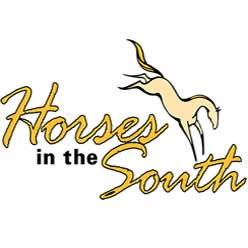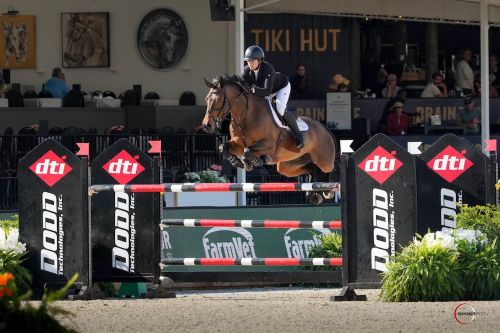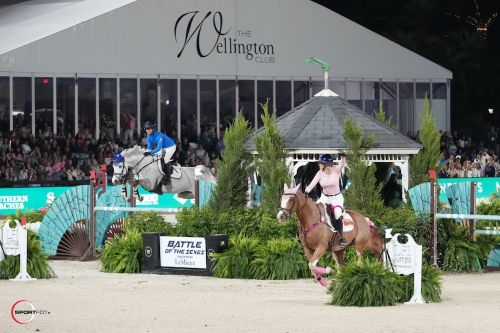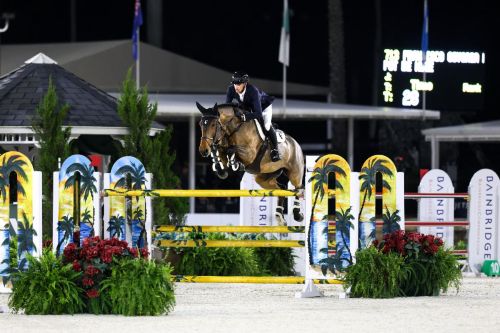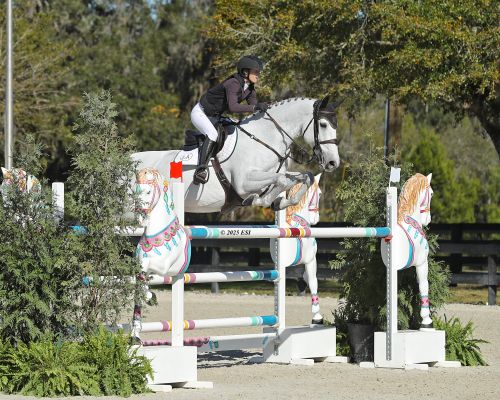Mckayla Langmeier Bests the Rest in Dodd Technologies Grand Prix at Wellington International
Mckayla Langmeier & Jiselle NS. Photo ©Sportfot Wellington, Fla. – January 4, 2026 — Mckayla Langmeier of East Granby, CT rode Jiselle NS to the jump-off clear to cash in on the $75,000 Dodd Technologies Grand Prix and close out opening week of the Winter Equestrian Festival (WEF) at Wellington International. From a three-horse jump-off,…
